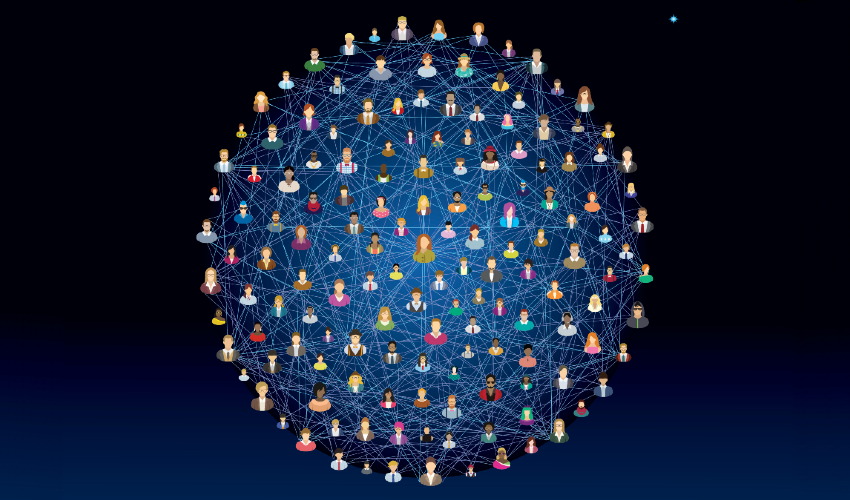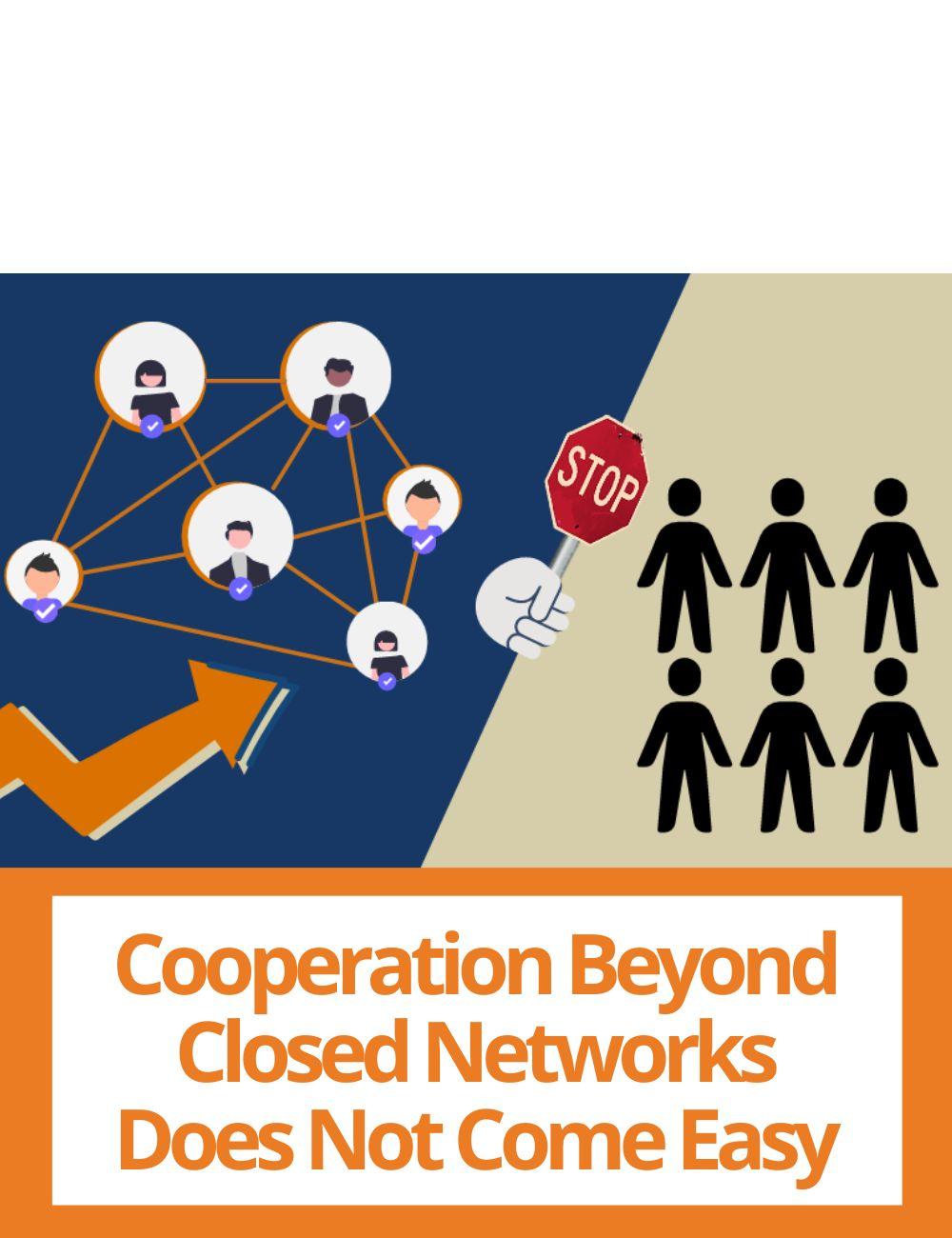
Gather Ideas From Strangers, but Work Through Them With People Close to You
MANNUCCI AND PERRY SMITH ANALYZE THE ROLE OF PERSONAL NETWORKS IN THE CREATIVE PROCESS. ACTIVATING WEAK TIES HELPS IDEA GENERATION WHILE TRIGGERING STRONGER ONES MAKES FINE TUNING MORE EFFECTIVE, AS MANNUCCI HIMSELF EXPERIENCED DIRECTLY WHEN WRITING A NOVELThe creative process, in any knowledge-based activity, is increasingly a collective process, and those who take charge of its development must know how to activate the most appropriate personal ties at each stage. In an article in Academy of Management Journal, Pier Vittorio Mannucci (Bocconi Department of Management and Technology) and Jill E. Perry-Smith (Emory University), conducted a series of experiments and found that:
| • in the idea generation phase, weak ties (emotionally distant individuals included in our network - the "acquaintances") are the most useful, because they expose us to unusual, stimulating and varied perspectives and points of view, opening a range of possibilities, from which we can choose the idea to be developed; |
|
| • in the following phase of idea elaboration, it is best to activate the strongest ties, i.e., the people to whom we are emotionally closest (friends, partners), because they tend to focus on our idea, criticizing it in a constructive way, and taking a proactive role in pointing out (only) the relevant information; |
|
| • if we rely on strong ties in the generation phase, we risk not receiving enough stimulation and pursuing mediocre ideas. If we rely on weak ties in the elaboration phase, we risk being distracted by additional, continuous stimuli, or being discouraged by criticism that is not always well-founded, or even abandoning ideas that would have turned out to be good; |
|
| • a larger personal network is also less manageable, with the paradoxical consequence that we end up relying almost exclusively on stronger ties, thus compromising the idea generation phase; |
|
| • in situations perceived as risky we tend, again, to activate only the strongest ties. |
In 2017, Mannucci and Perry-Smith described the so-called “idea journey” as a four-stage process: generation, elaboration, championing, and implementation. In their newly published paper, they focus on the first two phases, because they are the ones with the highest relational content.
The implications for individuals in creative roles are clear: they should consciously activate weaker ties in the generation phase and stronger ties in the elaboration phase. Companies can also contribute to a more effective creative process by shaping the right contextual conditions. The creative process should never be perceived as risky, to avoid the entrenchment of individuals within too narrow a circle of ties. In a situation perceived as not particularly risky, a larger network more easily explicates its potential, allowing more and varied contacts that are useful for the generation phase.
In recent months Mannucci has had the chance to test his theory directly, while writing a novel for children, I corsari del tempo, just published by Mondadori.



“During the idea generation phase - or rather ideas, because many of them flow into a novel,” said the author, “I actually resorted mostly to weak links and stimuli, but in a natural, almost casual way. I contacted old friends or acquaintances who had traveled extensively and asked them about the places where the novel takes place, from Gubbio to Petra to the walled city of Kowloon in Hong Kong. I reworked stimuli from old and new readings. I fully realized the importance of weak ties, whose usefulness often becomes clear over time: a stimulus which we are exposed to today may bear fruit tomorrow, but also 10 or 15 years from now.”
“In the elaboration phase,” Mannucci continued, “I consciously activated only my strongest ties, in this case my wife and a close friend who works in publishing. I also got confirmation that the phases described by our model are not strictly sequential. Generation and elaboration were often mixed, even encroaching on the later phases of championing and implementation. But that is another story, which we hope to tell in other studies.”
Pier Vittorio Mannucci, Jill E. Perry-Smith, “’Who Are You Going to Call?’ Network Activation in Creative Idea Generation and Elaboration.” Academy of Management Journal 2022, Vol. 65, No. 4, 1192–1217. DOI: https://doi.org/10.5465/amj.2019.0333.
Pier Vittorio Mannucci, I corsari del tempo, Mondadori, 2022, 252 pagine.
by Fabio Todesco
